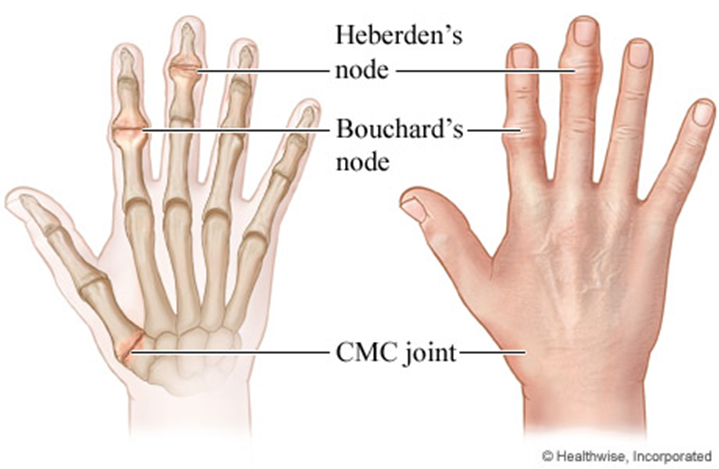The nurse is preparing a client for surgery who was admitted to the emergency center following a motor vehicle collision. The client has an open fracture of the femur and is bleeding moderately from the bone protrusion site. During the preoperative assessment, the nurse determines that the client currently receives heparin sodium 5,000 units subcutaneously daily. What is the priority nursing action?
Have the client sign the surgical and transfusion permits.
Ensure that the potential for bleeding is explained to the client
Observe the heparin injections sites for signs of bruising.
Notify the healthcare provider of the client's medication history.
The Correct Answer is D
A. Have the client sign the surgical and transfusion permits:
While obtaining signed consent is important, the immediate concern is addressing the client's medication history, especially the use of heparin, which can contribute to bleeding.
B. Ensure that the potential for bleeding is explained to the client:
Education about the potential for bleeding is important, but the immediate action is to communicate the client's medication history to the healthcare provider for appropriate guidance.
C. Observe the heparin injection sites for signs of bruising:
Monitoring for bruising at injection sites is a consideration, but it is not the priority when the client is actively bleeding from an open fracture.
D. Notify the healthcare provider of the client's medication history:
This is the correct answer. Heparin is an anticoagulant, and its use can increase the risk of bleeding during surgery. The healthcare provider needs to be informed of the client's current medication history to make decisions regarding the timing and management of heparin therapy in the perioperative period.
Nursing Test Bank
Naxlex Comprehensive Predictor Exams
Related Questions
Correct Answer is A
Explanation
A. Discuss approaches to chronic pain control with the client:
This is the correct answer. Heberden's nodes are bony enlargements that can occur in osteoarthritis, particularly in the joints of the fingers. These nodes can be associated with pain. Discussing approaches to chronic pain control with the client is an appropriate nursing intervention to address the client's pain and improve quality of life.
B. Review the client's dietary intake of high-protein foods:
Dietary intake of high-protein foods is not directly related to the management of Heberden's nodes in degenerative joint disease. Pain control and joint protection measures are more relevant.
C. Notify the healthcare provider of the finding immediately:
While it's important to communicate significant findings to the healthcare provider, the presence of Heberden's nodes in degenerative joint disease may not require immediate notification unless there are other concerning symptoms or complications.
D. Assess the client's radial pulses and capillary refill time:
Assessing radial pulses and capillary refill time is not directly related to managing Heberden's nodes in degenerative joint disease. These nodes are primarily a result of joint changes in osteoarthritis.

Correct Answer is D
Explanation
A. Assess client for signs and symptoms of upper airway infection:
While upper airway infections can contribute to respiratory symptoms, the client's history of asthma and the exacerbation of symptoms during exercise suggest that asthma management should be a priority.
B. Determine if the client is using an inhaler before exercising:
This is a relevant consideration, and ensuring proper pre-exercise use of bronchodilators (such as an inhaler) is an important aspect of asthma management. However, the question is broader and involves a review of the client's overall asthma management.
C. Teach client to use pursed lip breathing when episodes occur:
Pursed lip breathing is a technique that can help manage symptoms, especially during episodes of bronchoconstriction. However, the focus here is on a more comprehensive assessment and review of the client's routine asthma management.
D. Review the client's routine asthma management prescriptions:
This is the correct answer. The client's reported symptoms during exercise suggest a potential need for adjustments to the routine asthma management plan. Reviewing the client's prescriptions, including the type and timing of medications, can help ensure optimal control of symptoms, especially during physical activity.
Whether you are a student looking to ace your exams or a practicing nurse seeking to enhance your expertise , our nursing education contents will empower you with the confidence and competence to make a difference in the lives of patients and become a respected leader in the healthcare field.
Visit Naxlex, invest in your future and unlock endless possibilities with our unparalleled nursing education contents today
Report Wrong Answer on the Current Question
Do you disagree with the answer? If yes, what is your expected answer? Explain.
Kindly be descriptive with the issue you are facing.
